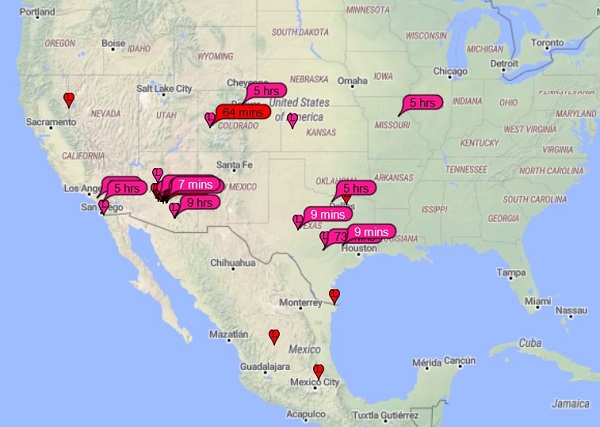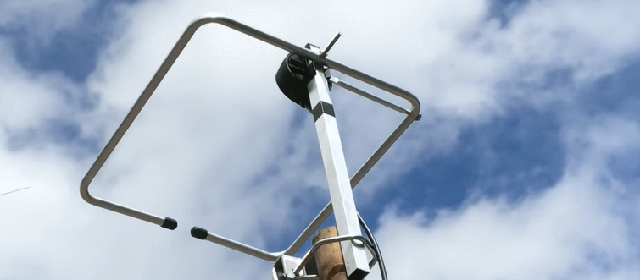K7LOL Meteor Scatter
A few years ago a fellow ham suggested we try meteor scatter. I was intrigued by the idea and gave it a casual effort with a six meter vertical and 100 watts. Overall the attempt was a dismal failure with no decodes for days.
A recent discussion of MSK144 and meteor scatter rekindled my interest. This time I was able to try the two meter band.
After initial comparison of both six and two meter bands here, it became readily apparent that noise had been my problem on 6 meters all along. The noise level on 144 MHz was much lower.
This year's Perseids 144 MHz meteor scatter operation yielded encouraging results. Once I configured WSJTx correctly (thanks NJ6D), I made a local contact to verify my set up. I started monitoring 144.150 early am on 11 Aug.
Holy Cow ! I decoded K5TR at +06 multiple times. In fact, I decoded signals from eight stations in a few states over the two day period on 144 MHz. N0KQY at 1105 miles was the longest receive path.
POWER ! Almost a dozen stations heard my mighty transmissions. Factor in power multiplication from my massive array and I'm running almost 200 watts ERP. The antenna is a loop at 17 feet that favors south east. Even so, my most distant report came from KM0T at 1087 miles in Iowa.
There were a few stations I received that also heard me. W5TRL K5TR N5WS WQ5S W9RM WM5L were on my list multiple times. My activity finished up about noon local time on the 13th.
I should note that I completed zero QSOs, but there is now a distinct possibility. The fact that I had communication both ways from a number of stations proves concept for my station. All the equation needs now is appropriate timing. And quite a bit of patience.
So I prepare for the Geminids. I will set up skeds with all the stations on my both paths list. The antenna will go up another ten feet to clear the surrounding dwellings. The four cup coffee pot will get replaced by a 30 cup percolator.

Utimately, I will end up with a 2 meter loop antenna at about thirty feet up. I have been told that antenna will "never get me outside of Arizona". So the gloves are off and I WILL make a 144 MHz MSK144 contact in December.
The overall experience was quite positive at this QTH. I learned a bit and had fun in the process. The grandkids said it was very cool and I'll consider that a score. Looking forward with great anticipation to my first meteor scatter QSO.
Observations
Though perhaps obvious to even the most casual observer, I noted a few items during my exciting meteor scatter adventure including:
* There is only a small percentage of amateur radio operators who have vhf ssb capability above 50 MHz.
* Scatter contact attempts must be coordinated. The likelyhood of a random cq ending in a qso is nil.
* MSK144 activity level is as much a factor of who is awake as current meteor activity. There is no sense in getting up at midnight unless scheduled.
* It will probably take hours for me to complete a qso, perhaps days. And I'm ok with that.
* ERP is king. 1500 watts is considered QRP in one contest I read about.
* Antenna gain and directivity advantages far outweigh simplicity of the loop. A slim chance may exist for a rotator in the future.
* My 2 meter loop suffers most on receive. 200 watts makes up some of the diffence on transmit.
* Transmitter, amplifier and power supply should be sized to run nearly continuously at the desired power level.
And also, set the WSJT watchdog timeout to a large value. I used 15 minutes.
KLorG? | Page Top ^ | Next

